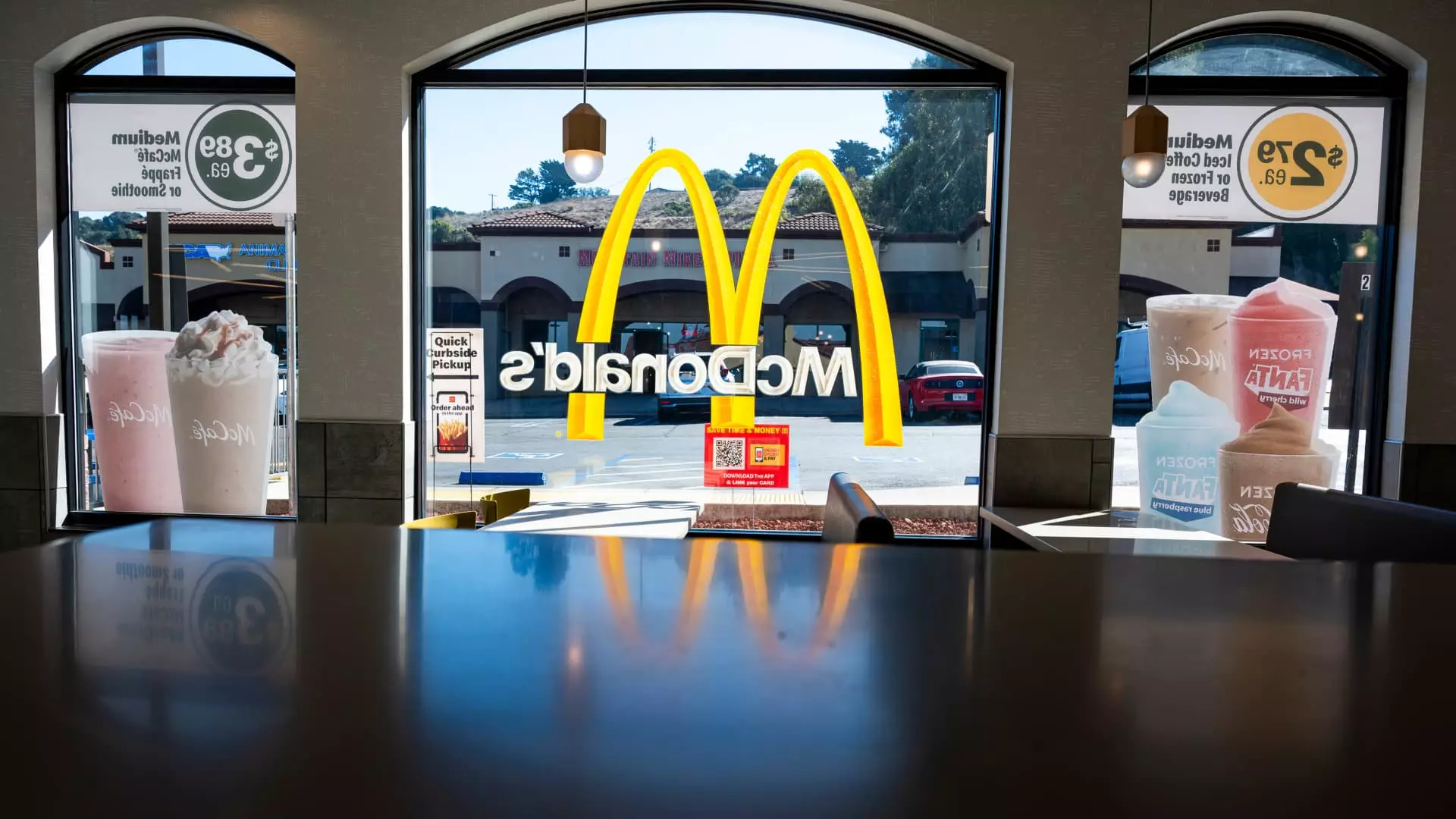As the restaurant industry navigates through the challenges and opportunities of 2025, executives are cautiously optimistic, forecasting a year characterized by ups and downs. The opening months of the year have been shaky, thanks to adverse weather conditions, heightened consumer caution, and shifting economic trends. However, there are signs of recovery among major chains, sparking hope for sustained sales growth as the year unfolds. This article dives into the current state of the restaurant sector and what the future may hold in this volatile landscape.
The phrase “in like a lion, out like a lamb” seems fitting as the restaurant industry starts 2025 on a tumultuous note. Unusually harsh weather, including severe cold fronts and wildfires, has significantly impacted foot traffic and consumer habits. Various chains, such as Burger King and Popeyes under the Restaurant Brands umbrella, reported an uptick in sales toward the end of the previous year, thanks to value-driven offerings that lured customers from their kitchens back to dining establishments. However, despite a general rise in fast-food net sales in January, the growth rate fell short of expectations compared to December’s surge.
Wendy’s Chief Financial Officer, Kenneth Cook, illustrated this dichotomy by highlighting that the industry is currently grappling with overall traffic headwinds worsened by significant weather events. Consumer sentiment remains cautious, impacting spending behavior as people try to balance quality with value. Subway’s U.S. President, Doug Fry, emphasized that diners are making more calculated choices, striving to maximize their culinary investments while remaining wary of fluctuating economic conditions.
Despite the slow start to 2025, many in the industry maintain a long-term perspective, optimistic that traffic and sales will revive as the year progresses. Comparisons to a challenging previous year could serve as a boost. The analysis from Restaurant Brands’ CFO, Sami Siddiqui, indicates that year-over-year comparisons are expected to ease as the summer approaches, paving the way for a more favorable performance.
January’s extreme weather conditions also posed unique challenges. Chipotle, for instance, projected that wildfires adversely affected its same-store traffic growth significantly, estimating a 4% drop due to these unprecedented conditions. The chain’s CFO noted that the effects of weather on consumer behavior could result in flat first-quarter same-store sales. This situation compels certain chains to reassess their promotional strategies, especially with the gradual emergence of post-winter trends expected in the latter half of the year.
While restaurants are working hard to recover, external economic pressures loom, especially concerning discussions around tariffs and consumer pricing. Many chains have chosen not to factor in potential repercussions from new duties on food imports into their forecasts. Nevertheless, consumers are noticeably anxious about rising prices, with sentiment hitting lows not seen in months. According to the Department of Labor, price inflation for away-from-home dining has risen significantly, which could detrimentally affect how often consumers opt to eat out.
The possibilities vary among different chains. For instance, while McDonald’s anticipates a rebound following an E. coli incident last year that tarnished its sales, they remain vigilant about consumer health trends. Similarly, Starbucks faces a tougher battle; after enduring four consecutive quarters of declining same-store sales, it has suspended its fiscal projections but hints at gradual improvement in earnings as the year progresses.
Looking into the future, restaurant chains recognize the importance of value-driven offerings and innovative marketing to entice consumers back to their tables. As inflation affects consumer behavior, providing affordable, quality meals is crucial. Chains are expected to lean into digital transformation, utilizing online ordering systems and delivery partnerships, to capture a tech-savvy audience increasingly seeking efficiency and convenience.
Moreover, many industry leaders advocate for the cultivation of loyalty programs, promotional offers, and diversifying menus to cater to changing consumer preferences. The restaurant landscape may be shifting, but adaptability and responsiveness to customer demands remain the backbone of survival in this fierce industry.
Ultimately, as the restaurant industry oscillates between hope and caution in 2025, the looming question is whether businesses can effectively navigate through these evolving challenges. Forecasts suggest a promising rebound, but it hinges on multiple factors—including weather, economic conditions, and evolving consumer preferences. By embracing innovation and re-evaluating strategies, restaurant chains can position themselves favorably for whatever lies ahead, learning to adapt like a dynamic organism in an unpredictable ecosystem.

